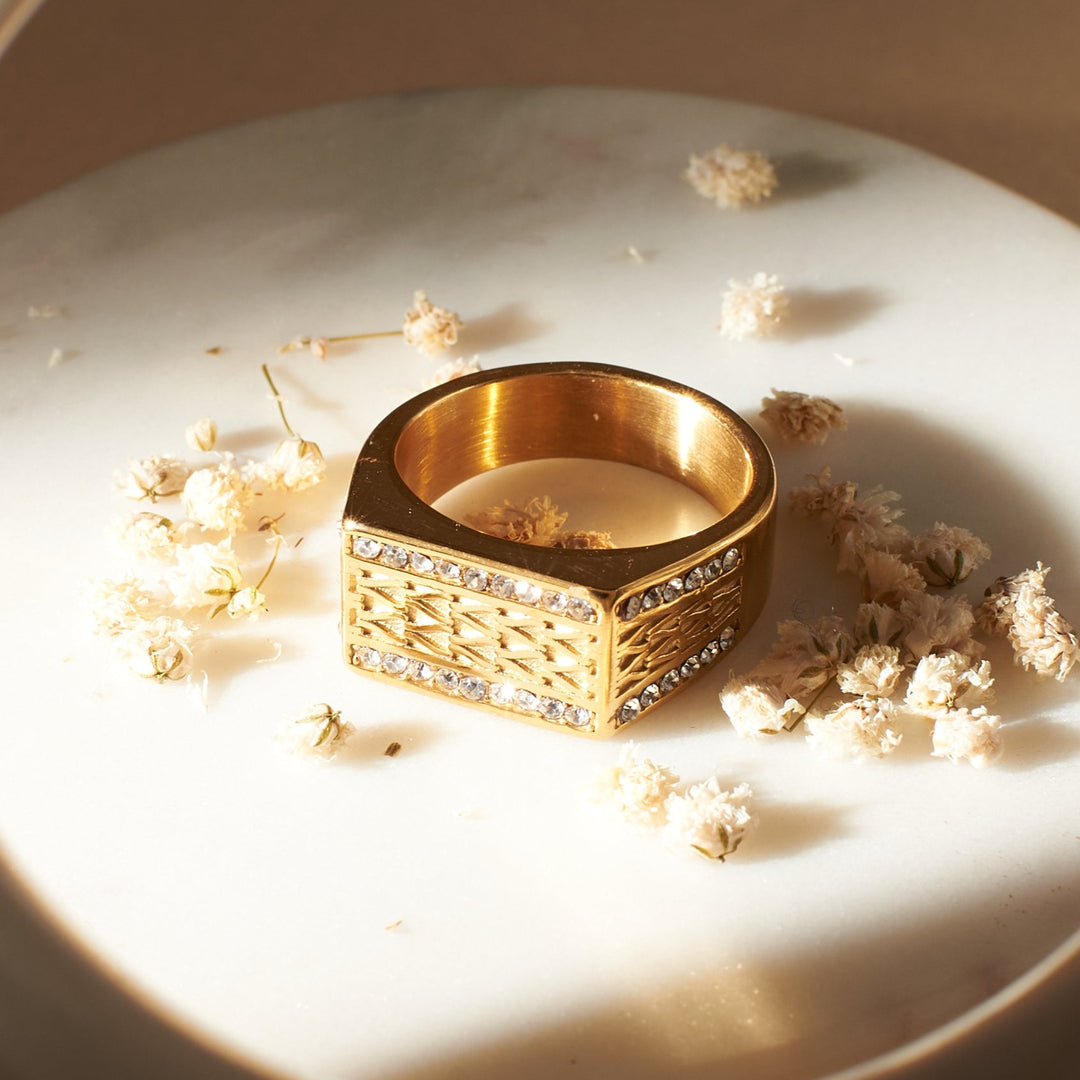In recent years, lab grown diamond wedding band have surged in popularity, capturing the attention of couples who seek the perfect blend of beauty, ethical sourcing, and affordability. As we explore the intricacies of these exquisite pieces, it becomes clear why they are redefining the traditional landscape of wedding jewelry.
Understanding Lab Grown Diamonds
Lab grown diamonds, often referred to as man-made diamonds or synthetic diamonds, are real diamonds created in controlled environments using advanced technological processes that replicate the natural conditions under which diamonds form. These gems possess the same physical, chemical, and optical properties as their mined counterparts, making them indistinguishable to the naked eye.
The Science Behind Lab Grown Diamonds
Lab grown diamonds are produced primarily through two methods: High Pressure High Temperature (HPHT) and Chemical Vapor Deposition (CVD). HPHT mimics the extreme pressure and temperature conditions found deep within the Earth’s mantle. A carbon source is subjected to these conditions, resulting in the crystallization of diamond. CVD involves using a gas mixture that includes carbon, which is then energized to form a plasma. This process deposits carbon atoms layer by layer, eventually forming a diamond. Both methods yield diamonds that are chemically identical to natural diamonds, providing a sustainable alternative to traditional mining.
The Ethical Appeal of Lab Grown Diamonds
One of the most compelling reasons for choosing lab grown diamond wedding bands is their ethical nature. Traditional diamond mining often involves significant environmental damage and human rights concerns, including labor exploitation and conflict financing. Lab grown diamonds, however, are produced in environments where ethical labor practices are upheld, and the carbon footprint is substantially lower. By opting for a lab grown diamond, couples can celebrate their love while being conscientious about their impact on the planet.
Cost-Effectiveness of Lab Grown Diamonds
Affordability is another crucial factor driving the trend toward lab grown diamond wedding bands. On average, lab grown diamonds can cost 20-40% less than their mined equivalents. This price difference allows couples to invest in higher quality stones or to allocate more of their budget towards other aspects of their wedding.
Choosing the Right Lab Grown Diamond
When selecting a lab grown diamond for a wedding band, it is essential to consider the Four Cs: Cut, Color, Clarity, and Carat. The cut determines how well the diamond reflects light, with a well-cut diamond exhibiting brilliance and sparkle. The color of lab grown diamonds varies, with less color present typically resulting in greater value. Clarity refers to the presence of internal or external flaws, with higher clarity diamonds being more sought after due to their pristine appearance. Lastly, carat measures the diamond’s weight, where larger diamonds often garner more attention, though it is vital to balance size with quality.
Designing Your Lab Grown Diamond Wedding Band
Styles and Settings
Lab grown diamond wedding bands come in a myriad of styles, ranging from classic to contemporary. Popular styles include solitaire bands, which feature a single diamond, allowing the stone to take center stage. Eternity bands, set with diamonds encircling the entire band, symbolize everlasting love and commitment. Vintage-inspired designs incorporate intricate detailing and craftsmanship, appealing to those with a taste for the timeless. Many couples also opt for bespoke bands, incorporating unique elements that represent their individual love stories.
Metals for Wedding Bands
The choice of metal for the band itself is equally important. Options include white gold, a popular choice for its elegant appearance and durability; rose gold, known for its romantic hue; platinum, a premium metal that is highly durable and hypoallergenic; and recycled metals, which add an extra layer of sustainability for environmentally-conscious couples.
Caring for Your Lab Grown Diamond Wedding Band
To ensure the longevity of your lab grown diamond wedding band, regular maintenance is crucial. Cleaning your diamond regularly using mild soap and warm water will help maintain its brilliance. It is also advisable to avoid harsh chemicals found in household cleaners that can damage the metal setting. Scheduling regular check-ups with a jeweler to inspect the setting and ensure that the diamond is secure is an essential part of caring for your ring.
The Future of Lab Grown Diamonds
As technology continues to advance, the future of lab grown diamond wedding bands looks brighter than ever. Increasing consumer awareness and demand for sustainable jewelry are driving innovations in production techniques, making these diamonds even more accessible. In addition to ethical and environmental benefits, lab created diamonds offer customization possibilities that are often limited in mined diamonds. This flexibility allows couples to create truly unique wedding bands that reflect their personalities and values.
Conclusion: A Lasting Symbol of Love
In conclusion, lab grown diamond wedding bands represent not only a stylish choice but also a commitment to ethical consumerism and sustainability. As more couples embrace these stunning alternatives, the narrative surrounding love and commitment evolves to include a deep appreciation for the planet and its resources. By selecting lab grown diamonds, couples can celebrate their union with a clear conscience, knowing they have chosen a path that honors both their love and the world around them.




